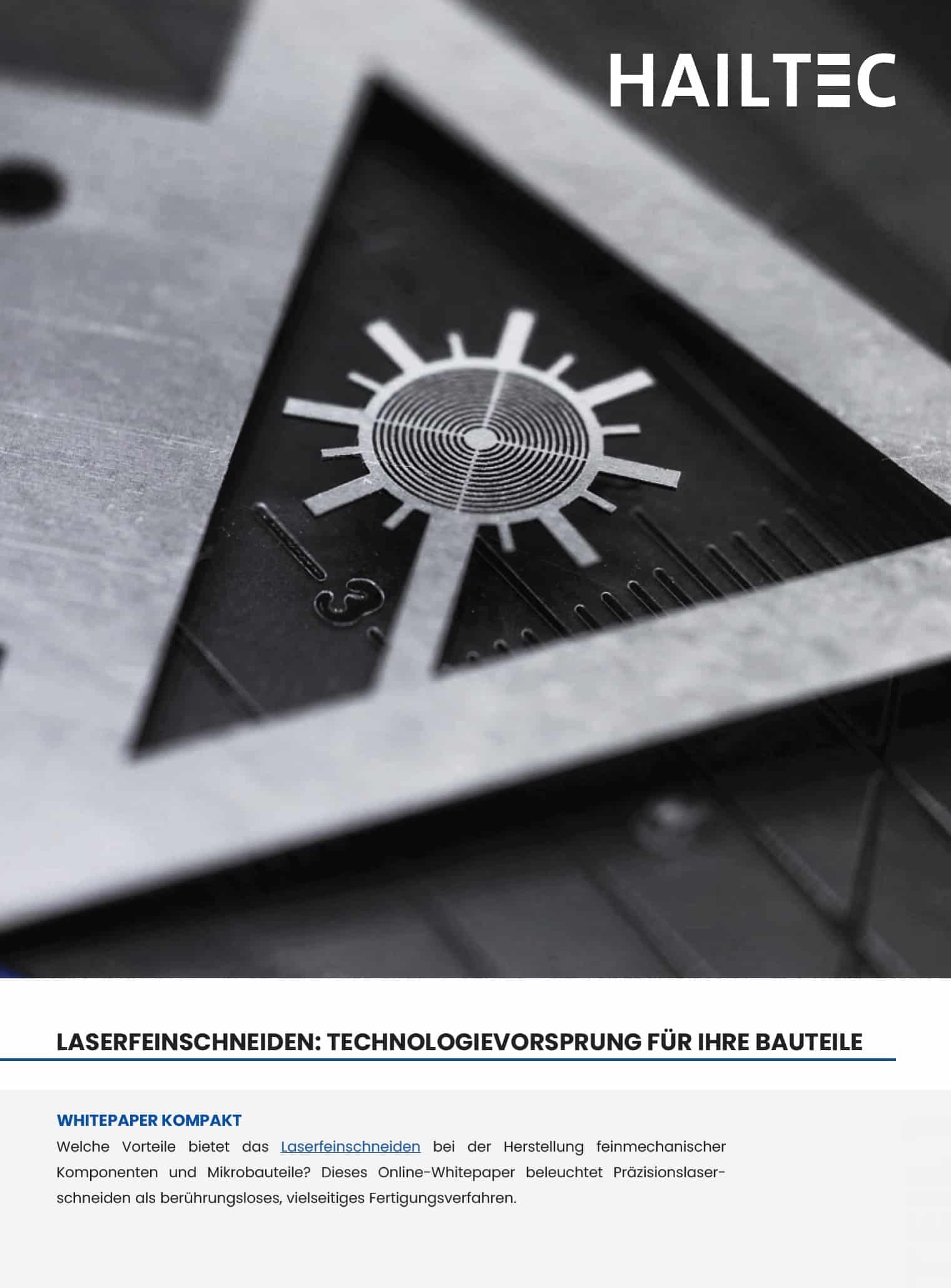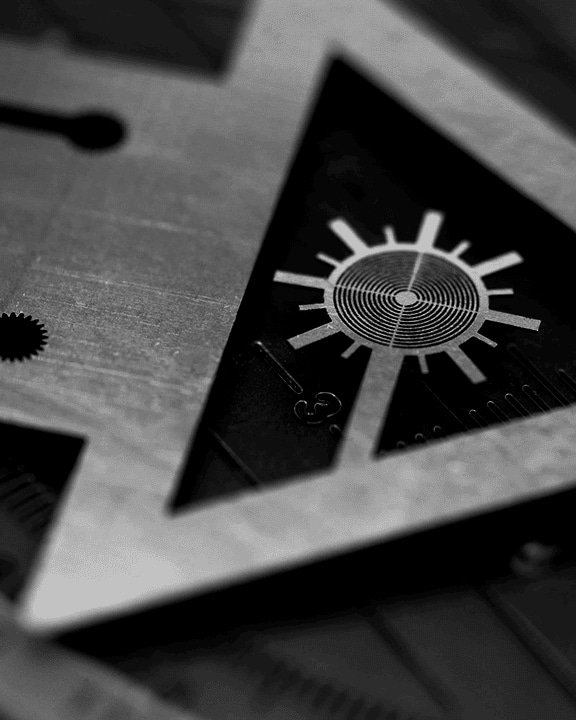Laser fine cutting
Your components manufactured precisely & economically
Precision laser cutting is 5-10 times more accurate than conventional laser cutting
Your contract manufacturer for laser fine cutting
Cut your finest component contours precisely down to the 100th of a millimeter?
This is your contract manufacturer: with high-precision laser fineblanking systems and decades of experience, we are masters of cutting small, fine parts in material thicknesses of 0.05 mm - 3.00 mm from FF.
We monitor dimensions and on-time delivery of your orders with intelligent software, digital processes and modern measurement technology.
For you, this means 100% reproducible results. From quick prototypes and samples to series production. You can rely on us: As a DIN EN ISO 9001 and DIN EN ISO 13485 certified supplier and as a team of capable people.
The precise laser technology is ideal for products such as:
Precise implant blanks, lasered precision parts, fineblanked parts, spacer plates, spring plates, shields, shim plates as well as shims and Shims.
Laser cut implant
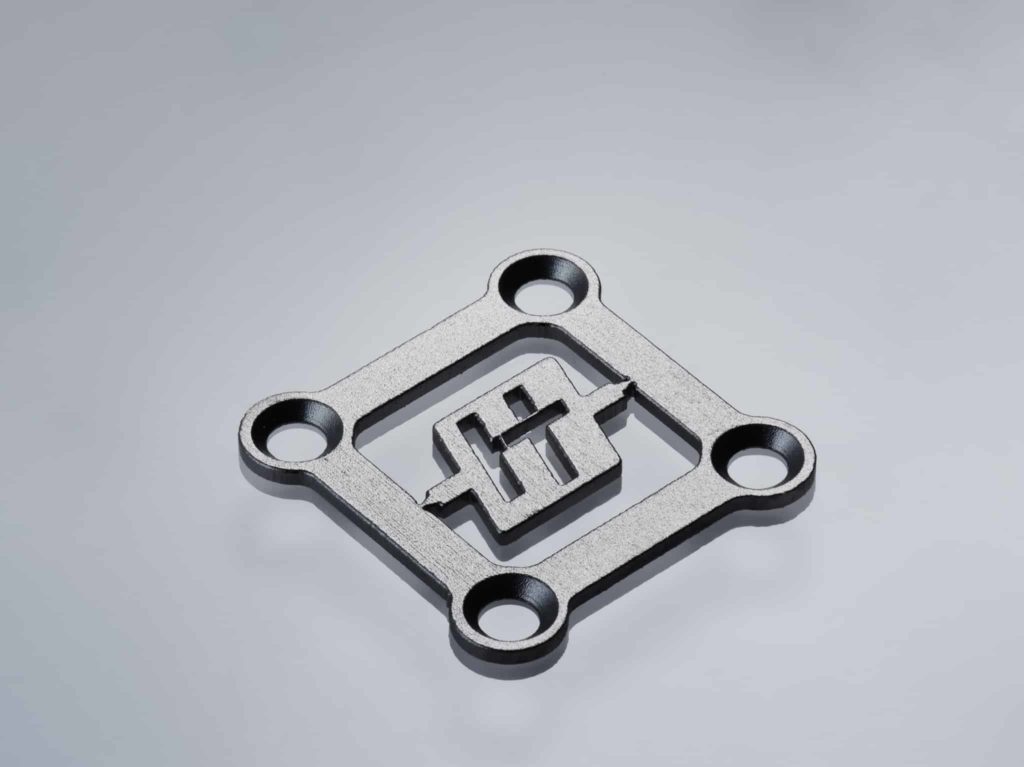
- oxide-free cut edges
- precise and economical
- ideal for laser cutting of titanium grade 2
Precise precision mechanical components
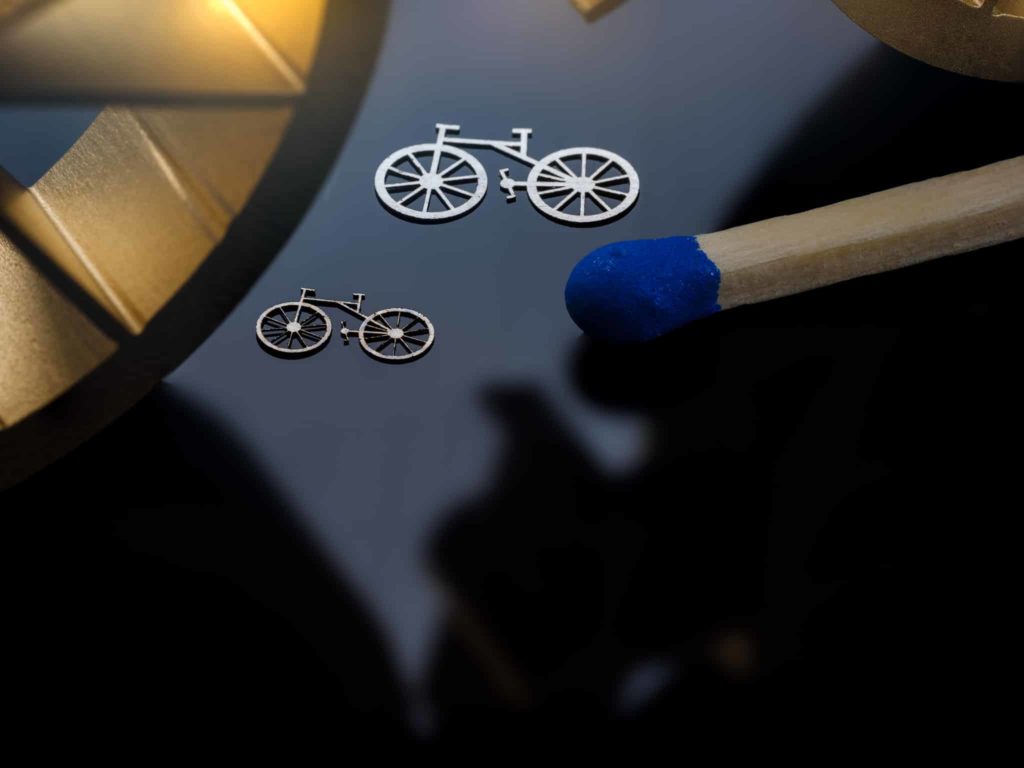
- smallest web widths possible
- Ideal for materials such as spring steel strip 1.4310
- Contours with tolerances of up to +/- 10 µm
Advantages of the laser fineblanking process
| Precision is measurable: | Laser fine cutting |
|---|---|
| +/- 0.01 mm exact contours* | |
| 0.05 mm - 3.00 mm Material thicknesses that can be cut*. | |
| < 0.025 mm spot diameter* | |
| from 0.025 mm web widths* | |
| from 0.03 mm laser kerf* | |
| max. 800 x 500 mm Dimensions* | |
| *the mentioned values depend on material, thickness and geometry |
4 Cutting technologies in-house

You determine the material, sheet thickness and requirements, we always supply you with the most economical solution.
At HAILTEC, we combine a variety of processes under one roof: laser fineblanking, ultrashort pulse laser microblanking, micro waterjet cutting and punching.
Learn more about laser fineblanking now
What are the advantages of laser fine cutting in the manufacture of precision mechanical components and microcomponents?
This white paper highlights laser fineblanking as a non-contact, versatile manufacturing process.
Plant technology in the laser fineblanking center
Since 2005, we at HAILTEC have been investing in equipment and know-how for laser fine cutting, laser welding and micromachining. In our machinery, we rely on solid-state lasers. Thanks to their short wavelength and high beam quality, they are particularly suitable for fine cutting of small and filigree shapes as well as complex geometries. In the Laser Center you will find QCW pulsed fiber lasers and Nd:YAG laser systems from renowned manufacturers such as DMG MORI and TRUMPF.
Overview of laser sources at HAILTEC:
- pulsed Nd:YAG
- Single and Multimode QCW Fiber Laser
- Disc laser
- Ultra-short pulse laser
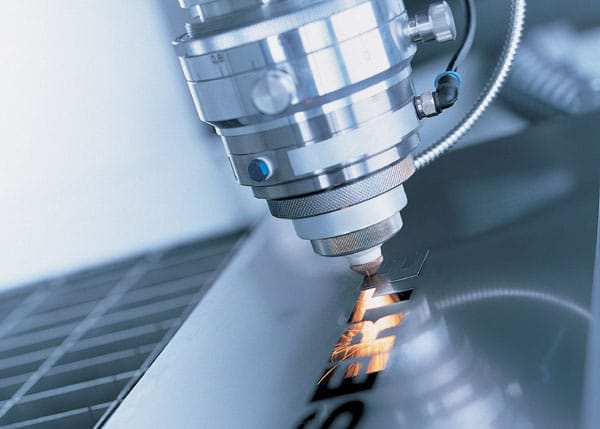
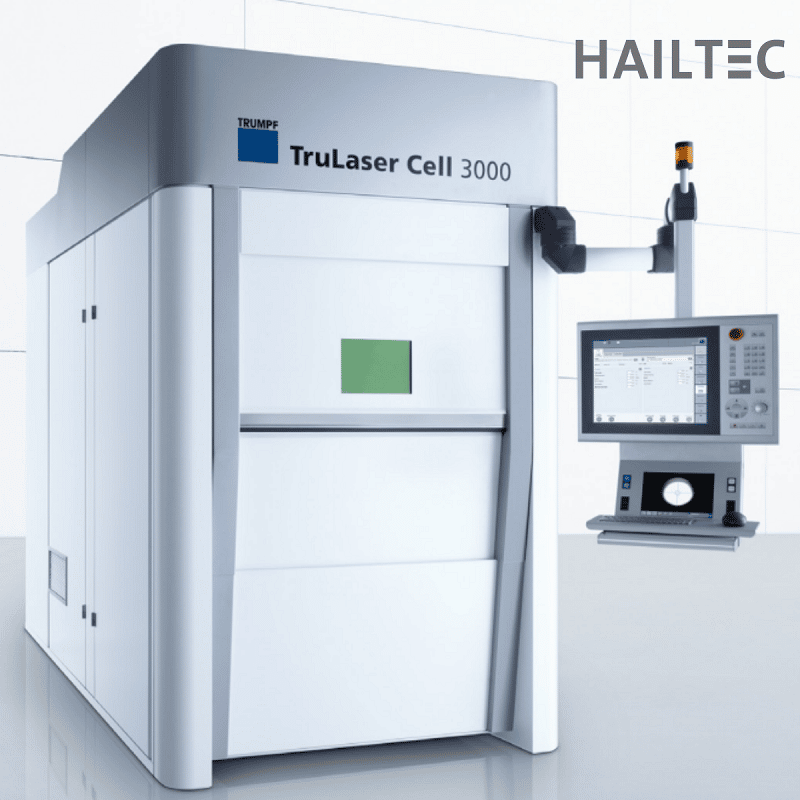
Laser fineblanking - plant in portrait:
3000 watts for laser fine cutting:
The TruLaser Cell 3000 is one of the precise power packages in the HAILTEC machine park. We use this multi-talent for three processes:
- 2D laser fine cutting
- 3D laser fine cutting
- Laser welding
With its five axes, the laser cutting machine realizes filigree applications in sheet metal up to five millimeters thick quickly, economically and with high precision.
With the automated laser fine cutting system, the laser power can be measured after the protective glass following processing. Ensuring exact dimensional accuracy:
- 100 percent process control (important especially in precision mechanics and medical technology)
- High Accuracy Package
- water-cooled linear direct drive
- Beam shaping optics
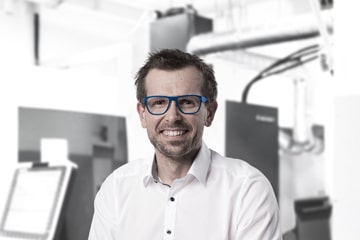
Ball bar test: we take dimensional accuracy very carefully
With the circular form measurement - also called ballbar test - we regularly check the accuracy of the lasers in our production.
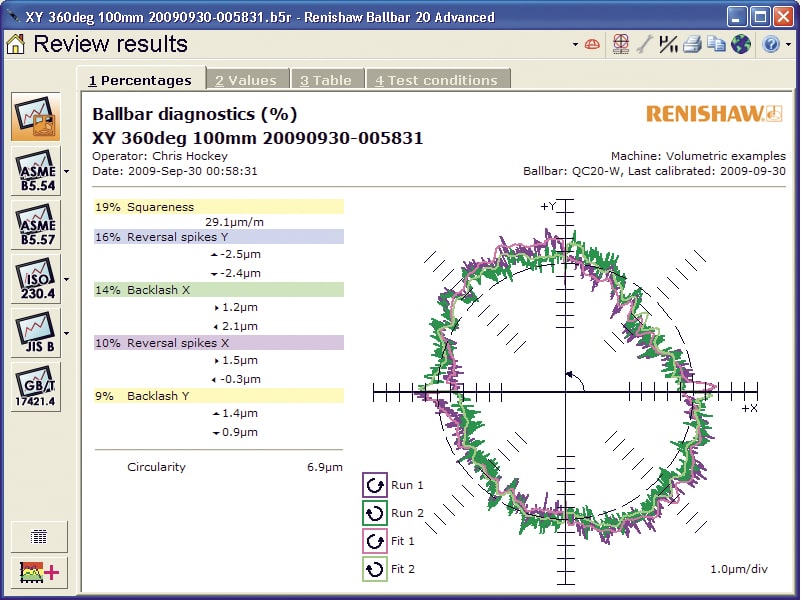
Automated precision laser cutting
Your demand is skyrocketing?
The sample part fits and you need to deliver large quantities quickly? Simply scale up with us.
We use digital production control and automated processes to achieve this. Whether materials such as stainless steel, aluminum or ceramics: In the laser fineblanking center, your precision parts are produced with contour accuracies of up to +/- 10 µm. And from quantities of 1 to 500,000.
Your one-stop supplier for laser fine cutting
We can do it completely
Several process steps pass from the raw material to the finished packaged part. It's good when you can rely on a supplier. From A to Z, we go the extra mile for you. That saves time, money and interface hassle. And it has earned us the status of A-supplier with many well-known manufacturers.
- In-house tooling and design department simplifies the production of your prototypes and samples
- Feasibility study included as well as technology consulting
- Precisely shaped components without burrs or hooks laser precision cutting
- Batch traceability and reproducibility
- Surface finish of your components
What distinguishes laser fine cutting at HAILTEC?
Laser fine cutting: A good decision
HAILTEC has been an expert in laser fine cutting and welding in micro processing since 2005. For precise laser cutting, we rely on QCW pulsed fiber lasers and Nd:YAG laser systems from DMG MORI and Trumpf. These laser sources introduce very little energy into the material. Little heat means little distortion and allows highly delicate cuts. With fine cutting systems and modern beam sources, we achieve reproducibly fine cuts of 0.03 mm gap width and less for you. Depending on the sheet thickness, the tolerances are in the range of +/- 0.01 mm. As a contract manufacturer, we can deburr or satin-finish the parts on request.
Another advantage of laser fineblanking with HAILTEC: Our zero-point clamping system fixtures with repeat accuracy and thus ensures short set-up times. short set-up times.
Production capacities for your fineblanked parts
HAILTEC stands for precise fine machining with a wide range of applications and a variety of materials. Thanks to state-of-the-art machinery consisting of a wide range of laser technologies and automation systems plus many years of experience, HAILTEC produces for you precisely down to the last detail. Safety, repeatability, dimensional accuracy and contour precision of the processes are demonstrably top with us.
Ideal for industries such as medical technology or automotive.
Certifications
We take quality very seriously
For your orders, quality is the be-all and end-all. At HAILTEC, precision thinking is very deeply rooted. We are the A supplier for laser fine cutting.
10 reasons for precision laser cutting
The laser is a flexible cutting tool and ideal for solutions in the field of small series, filigree contours and numerous variants.
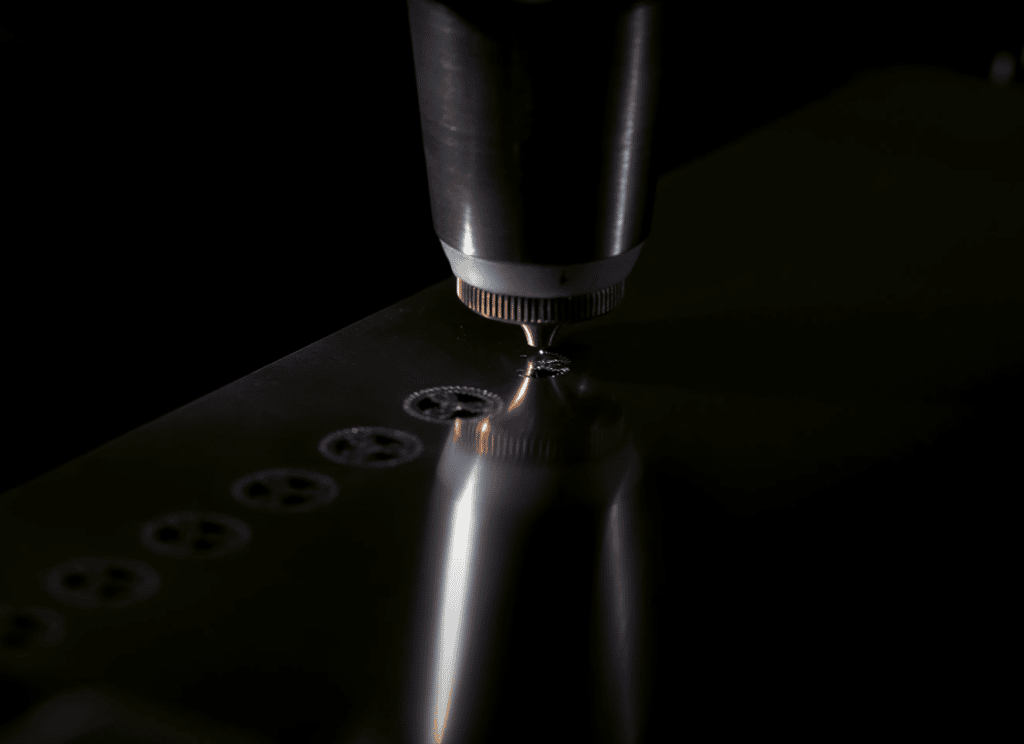
- Without tool production directly to the sample or prototype
- Wear and maintenance-free cutting tool
- Low Heat Affected Zone (HAZ)
- Low-distortion structures thanks to low thermal impact
- Finishing-free / -low edges without burrs
- Cutting kerf widths from 0.025 to 0.08 mm
- Enables precise, filigree structures and bevel cuts
- Fast blank dimension change via CAD/CAM system
- Adjust cutting contours quickly and flexibly
- Variety of materials and material thicknesses down to 0.01 mm
What geometry can we cut for you?
Laser cutting: Process and advantages
Keyword fill
Flame cutting

- low burr formation
- Focus on sheet metal surface
- ideal for carbon steel
Fusion cutting
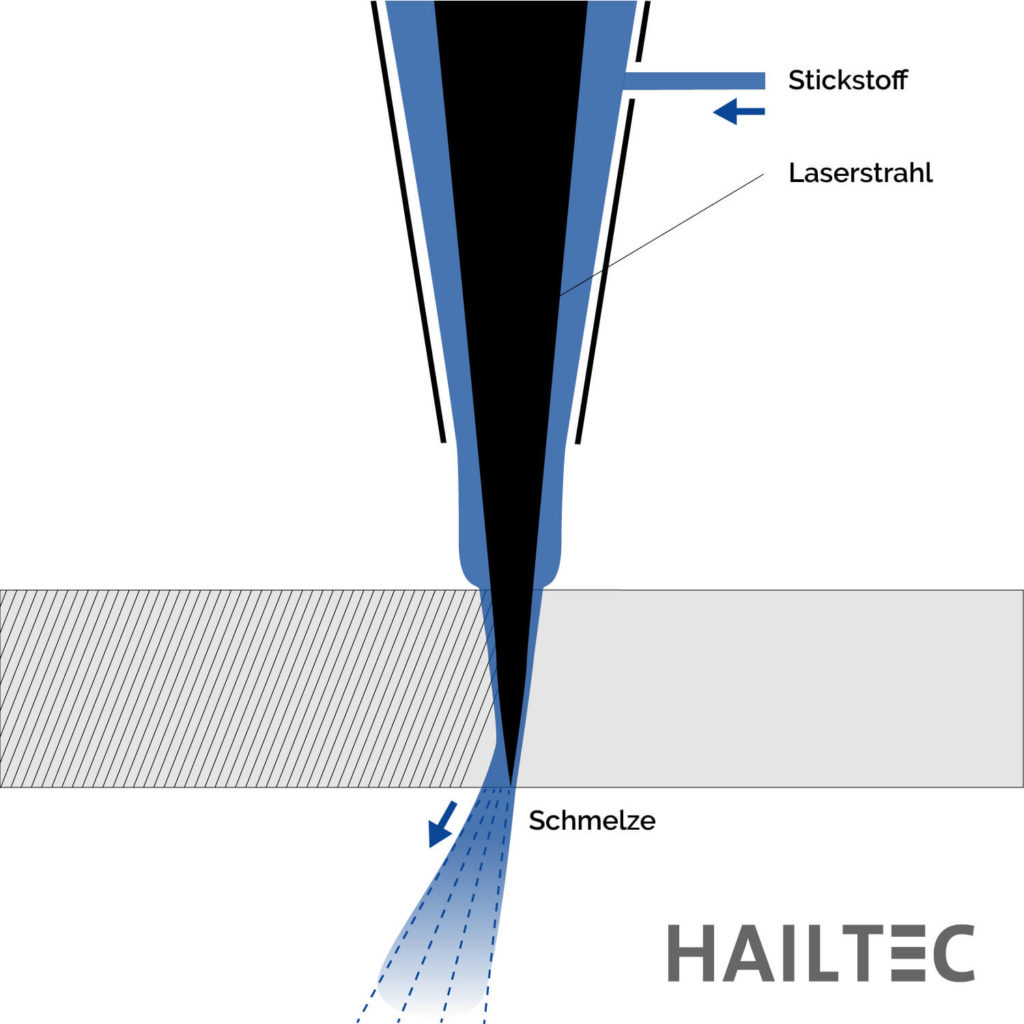
- perfect for stainless steel
- Focus on underside of sheet
- burr-free cut edges
Sublimator cutting
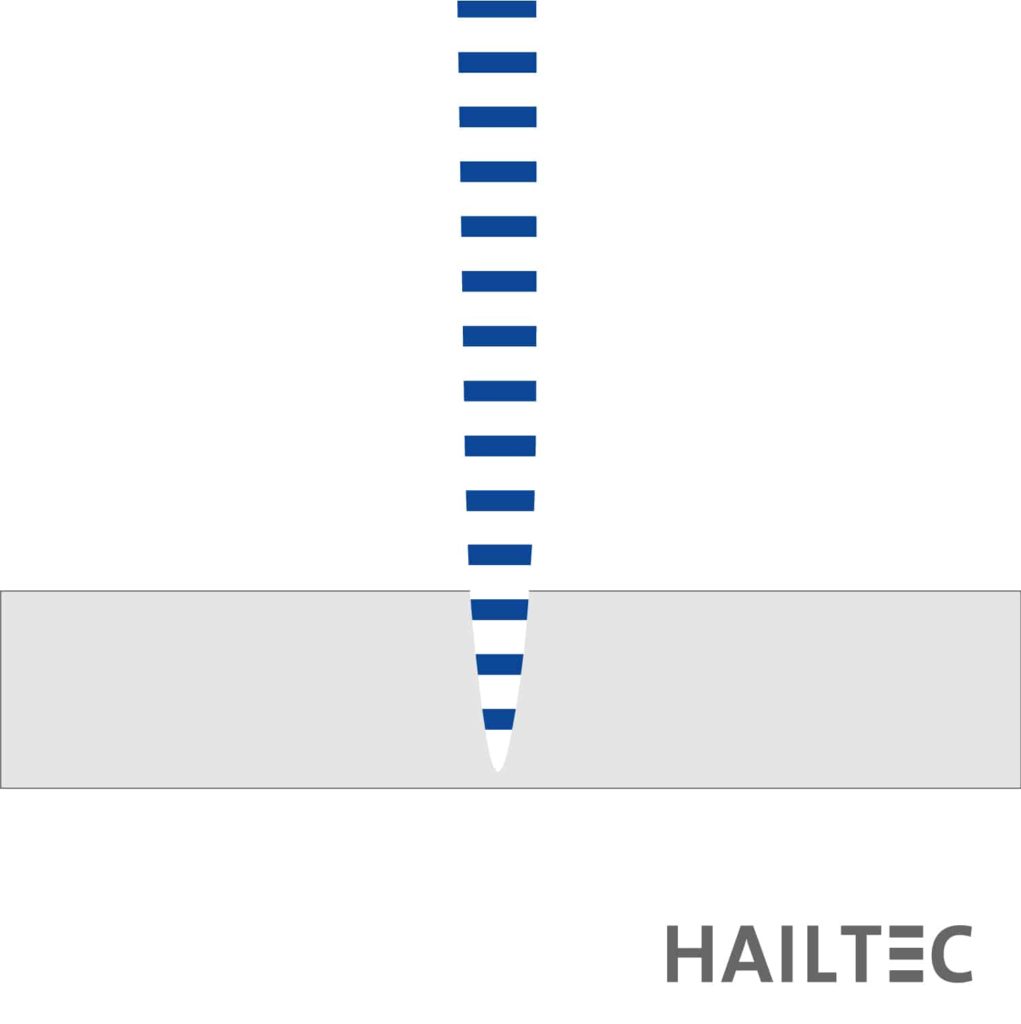
- low heat affected zone
- Very low burr
- High accuracy due to galvo scanner
Materials & Materials for Laser Fine Cutting
Which materials & materials do we process for you in laser fine cutting ?
We produce flat laser fine blanks for you directly from the coil. Thanks to pulsed laser technology, we can cut almost any metallic material, materials and foils. Whether aluminum or tantalum: The material overview shows which materials we can process for you. We are happy to develop special applications according to your specifications.
Sheets and foils - material thickness: 0.05 mm - 3.00 mm
Here you will find an overview of the materials for laser fine cutting
Stainless Steel // Stainless Steel Foils
Copper // Copper foils
Brass // Brass foils
Nickel // Nickel foils
Titanium // Titanium foils
Aluminum // Aluminum foils
Carbon steel // Steel foils
Bronze // Bronze foils
Tantalum // Tantalum foils
Hilumin
Ceramics
Diamond // PCD
Aluminum is a relatively soft and light material, resistant to corrosion and easily weldable. Typical material grades:
- AW-5754 / AlMg3
- AW 6082 / AlSi1MgMn
- AW-1050A (pure aluminum)
Titanium (Ti) is lightweight, biocompatible and passivatable. We often use the material for medical technology.
- Structural steel (material grades e.g. 1.0330, DC01 or 1.0338, DC04)
- Stainless steel (standard stainless steels V2A such as 1.4301, 1.4316; stainless steels V4A such as 1.4404, stainless steel 1.4828, 1.4016 etc.)
- Carbon steel or carbon steel (material grade 1.1274, C100S, C75S)
- Spring steel (material grade 1.4310)
Non-ferrous metals are non-ferrous metals (without precious metals), we include:
- Copper (Cu) is resistant to corrosion, has good electrical conductivity, can be hot and cold formed. Type. Material grades: CW004A, CW008A, CW024A
- Copper, nickel, cobalt alloys (refractory)
- Bronze (hard, wear and corrosion resistant non-ferrous alloy, CW452K)
- Brass (good spring properties, cold formable. CW508L, CW612N)
- Nickel (Ni) or MU metal (ferromagnetic and particularly corrosion-resistant)
- Copper-Nickel
- Ceramic (Si3N4, particularly resilient, temperature-stable and thermal shock-resistant)
- Precious metals
- Numerous steel alloys
- Carbides, PCD diamond
- Pre-punched tapes with press-in zone
- Tantalum
- Hilumin
Contact-free and with the best beam quality, we cut a wide range of materials for you in laser fine cutting, most of which we have in stock:
- Non-ferrous and precious metals
- Stainless steels
- Various blasting alloys
- Nickel and cobalt alloys
- Carbides, PCD diamond
- Ceramics
- Pre-punched tapes with press-in zone
- Light metals
- Aluminum
- Copper alloys
- Titanium
- Tantalum
- Hilumin
Whether we also have your desired material currently in stock? Just ask.
Also for your industry
With excellent beam quality and small kerf width, we realize your applications with maximum precision in laser fine cutting.
For industries such as:
- Tool and mould making
- Aerospace
- Measurement and control technology
- Watch industry
- Model making
- Embossing and punching technology
- Medical technology
- Automotive
- Mechanical Engineering
- E-mobility
- Electrical industry
- Micro / precision engineering
Member of networks and associations
HAILTEC - Your certified partner
Frequently asked questions about laser fine cutting
Can HAILTEC also automate laser fine cutting?
Thanks to robotic assistance, you can count on us as a fast and reliable partner even for large quantities. With a mobile robot cell, we run autonomous shifts and manufacture your components, contours and structures from quantities of 1 to 500,000 even faster and more efficiently. Because exact dimensional accuracy is what counts in laser fineblanking technology - this is an ideal match for automated assembly by robot, which also ensures speed and reliable processes at HAILTEC.
What safety measures must be observed during laser fine cutting?
When laser fine cutting, there are a number of safety measures that must be followed to prevent injury and damage. Here are some important measures: Always wear protective equipment, such as safety glasses and hearing protection. The laser beam can damage the eye and harm hearing. Make sure the work area is neatly tidy and free of obstructions. Always use the recommended protective gloves and other protective equipment. Never use the laser near flammable materials or explosive substances. Always turn off and disconnect the laser from the power supply when not in use. Always keep the laser beam away from yourself and others. Follow all instructions and regulations given in the laser operating manual. Provide adequate ventilation to reduce the risk of smoke and toxic gases. If you are unsure how to use the laser safely, contact a qualified professional or the laser manufacturer.
Does HAILTEC also offer surface finish?
Surface finishing is an important part of our technology portfolio. Learn more under surface finish or simply inquire directly.
Which process gases are used in laser fine cutting?
Commonly used process gases for laser cutting are oxygen, nitrogen and argon. In laser fusion cutting or laser fine cutting, a reaction-inhibiting cutting gas (argon or nitrogen) is forced into the kerf at high pressure. The cooling gas avoids oxidation at the cutting edge. Compared to oxygen, argon and nitrogen have an advantage: they do not react with the molten metal in the kerf and shield the cut surface from the surrounding material.
Machine setup: laser fine cutting vs laser cutting
Precision laser cutting systems have more exact tolerances and higher positioning accuracy compared to classic laser cutting centers in mechanical engineering. This is due to the design and the integrated path measuring system: In laser fine cutting systems, the axes are equipped with water-cooled linear direct drives, which are monitored live via a glass scale on each axis and readjusted if necessary. In addition, in HAILTEC's laser fine cutting center all systems are regularly checked and calibrated by means of a ballbar test.
How does laser fusion cutting work
Laser fusion cutting is a cutting process using a solid-state laser. For laser fusion cutting, a reaction-inhibiting cutting gas (argon or nitrogen) is forced into the kerf at up to 20 bar pressure. The gas cools and prevents oxidation at the cut edge.
What is the difference between laser cutting and laser fine cutting?
Precise and fine laser fine cutting works with pulsed laser energy. This produces high pulse peak powers and power density on the surface of the workpiece . The high power density melts and vaporizes the material. The quality of laser fine-cut components is particularly important: laser fine-cutting works almost burr-free up to a material thickness of one millimeter. Generally speaking, the accuracy of laser cutting and laser fine cutting is better in a ratio of 1:5 to 1:10.
When is laser fusion cutting used?
The process is suitable for thin sheets and for workpieces that have to meet high optical requirements. Advantages: Oxide-free cut edges High cut quality Economical machining of numerous materials, since hardly any rework is required Aluminum alloys mild steel Stainless steel alloys Copper Brass Non-ferrous alloys Steel Titanium
For which materials is laser fusion cutting suitable?
Aluminum alloys, mild steel, stainless steel alloys, copper, brass, non-ferrous alloys, steel, and titanium
How does flame cutting work?
In flame cutting or laser cutting, oxygen is blown into the kerf at up to 20 bar pressure. This enables a very high cutting speed, because the energy generated during combustion accelerates the cutting process.
When is flame cutting used?
The process is suitable for thicker sheets than fusion or sublimation cutting. Advantage: Separates larger sheet thicknesses very quickly. Disadvantage: The oxide layer on the cut edge must often be removed before the component can be further processed.
For which materials is flame cutting suitable?
Only materials whose ignition temperature is lower than the melting temperature of the material can be cut, such as low-alloy or unalloyed steels as well as: Steel (free cutting steel, structural steel, spring steel, cold work steel, tool steel), aluminum and Stainless steel
Laser beam or waterjet: Which cutting process is ideal for you?
Together, we look at which technology brings the best results for you: laser fine cutting, micro waterjet cutting or ultra-short pulse micro laser cutting. The choice depends heavily on the material and the desired result. Laser fine cutting is often recommended for thin sheets and 2D as well as 3D shapes, while micro waterjet cutting and the UKP laser cut sensitive materials and complex geometries without thermal stress. Thanks to the exceptional range of technologies, you benefit from the optimal manufacturing process in every case.
What is the advantage of laser material processing?
Laser material processing is a technique used for the production of high-precision metal parts as well as for surface finishing. The technique is based on the use of a high-energy laser that heats the material to be processed and thus cuts it. Laser material processing is a very precise and clean processing method that is also suitable for complex shapes and structures. Since no mechanical tools are used, laser material processing does not create any residue or contamination of the material and is therefore very process reliable and repeatable. Laser material processing is a very flexible processing method, as it can be used for both series and individual parts. Laser material processing can also be used to introduce surface structures into the material that would not be possible with other processing methods.
Can HAILTEC also automate laser fine cutting?
Thanks to robotic assistance, you can count on us as a fast and reliable partner even for large quantities. With a mobile robot cell, we run autonomous shifts and manufacture your components, contours and structures from quantities of 1 to 500,000 even faster and more efficiently. Because exact dimensional accuracy is what counts in laser fineblanking technology - this is an ideal match for automated assembly by robot, which also ensures speed and reliable processes at HAILTEC.
Does HAILTEC also offer surface finish?
Surface finishing is an important part of our technology portfolio. Learn more under surface finish or simply inquire directly.
What is the difference between laser cutting and laser fine cutting?
Precise and fine laser fine cutting works with pulsed laser energy. This produces high pulse peak powers and power density on the surface of the workpiece . The high power density melts and vaporizes the material. The quality of laser fine-cut components is particularly important: laser fine-cutting works almost burr-free up to a material thickness of one millimeter. Generally speaking, the accuracy of laser cutting and laser fine cutting is better in a ratio of 1:5 to 1:10.






